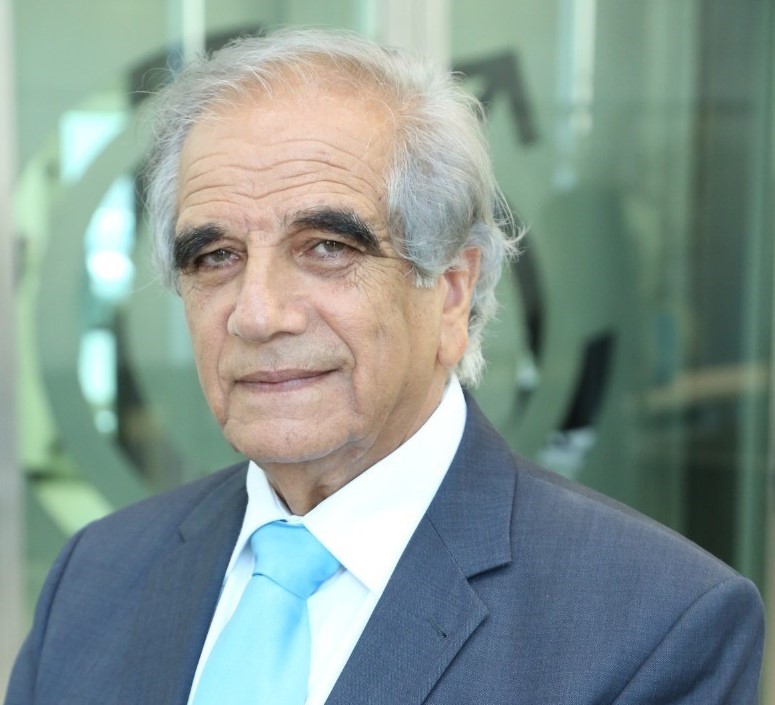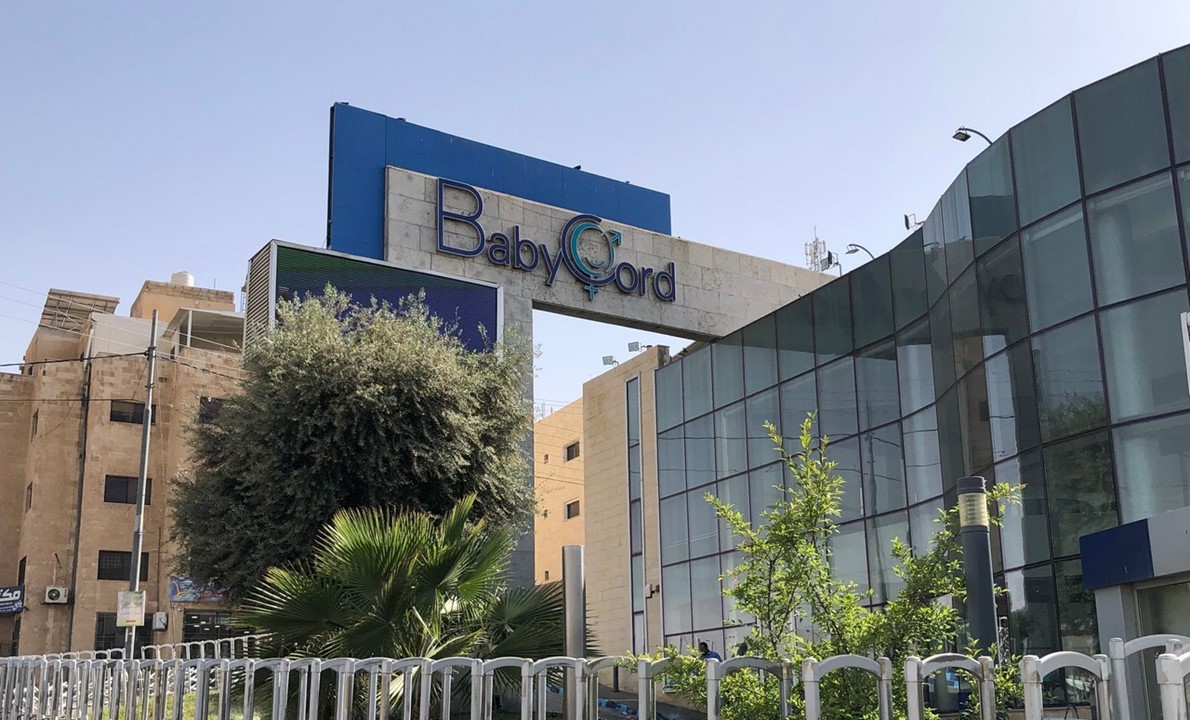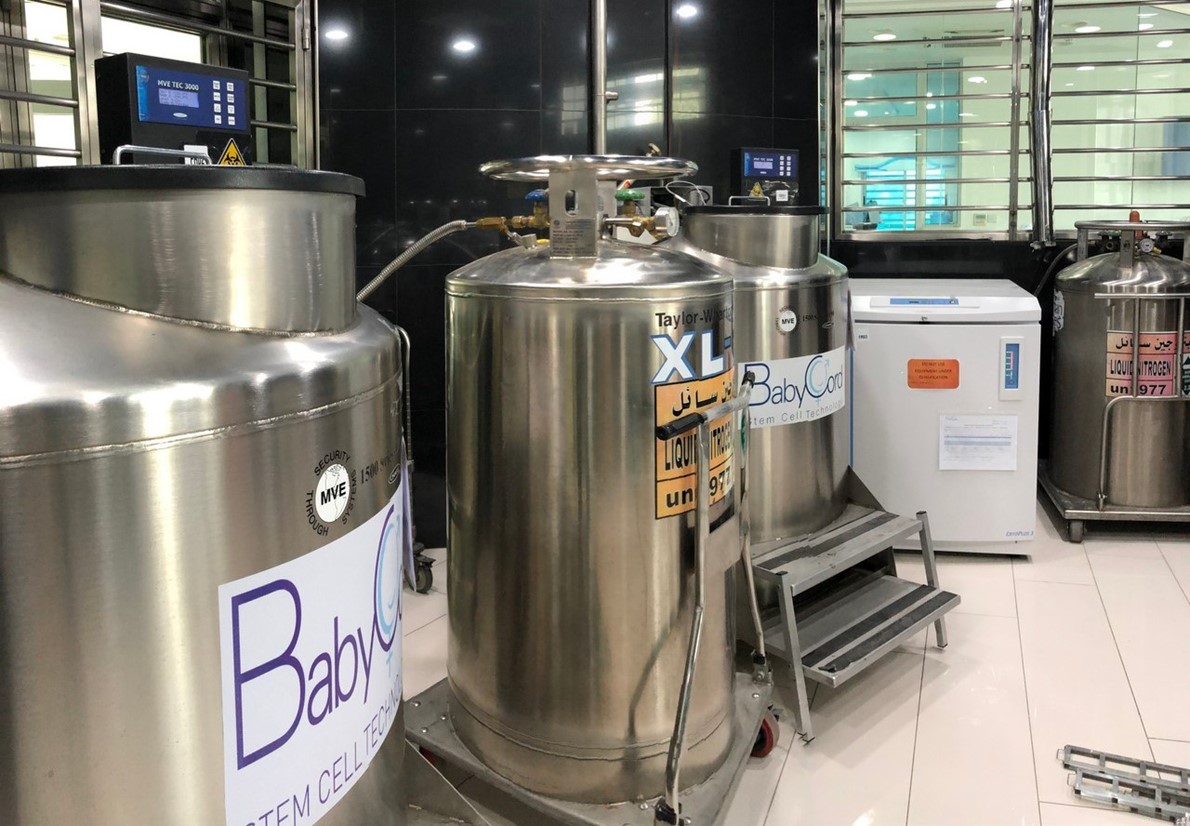BabyCord, Jordan’s first biobank, providing stem cell and tissue
cryopreservation services, is emerging as the go-to place to preserve
life-saving cells in the region. The bank, which started as an umbilical cord
blood and tissue storage facility, is growing to become a leading medical and
research facility.
اضافة اعلان
In 2016, after more than 11 years working for a stem
cell bank in Boston, Dr Maher Sarraf established BabyCord in Jordan to enhance
opportunities for innovative medical applications and treatments in the MENA
region using stem cells isolated from umbilical cord blood and tissue.
 Dr Maher Sarraf, founder of BabyCord.
Dr Maher Sarraf, founder of BabyCord.
According to Sarraf, stem cells, especially
embryonic ones, are significant because they are unspecialized cells with the
rare ability to differentiate into 200 types of specialized cells including
blood, brain, muscle, and bone cells, which can be induced naturally or
experimentally to regenerate and repair damaged tissues. More than 80 diseases,
including inherited genetic disorders, immune system disorders, and some
cancers like leukemia, can be successfully treated with stem cells.
Additionally, they provide tremendous therapeutic potential for conditions like
cerebral palsy and autism that are still undergoing clinical trials.
While stem cells can be obtained from a donor’s bone
marrow, the sample must be a 100 percent match, unlike stem cells extracted
from cord blood, the doctor said. What is more, bone marrow collection is an
invasive procedure that requires the use of anesthesia, which is uncomfortable
and painful, as opposed to the collection process from umbilical cord blood and
tissue, which is non-intrusive and pain-free for both mother and child in
normal and cesarean deliveries.
 BabyCord is a biobank providing stem cell and tissue cryopreservation services.
BabyCord is a biobank providing stem cell and tissue cryopreservation services.
“It is one of the most life-affirming developments,
because what used to be discarded as clinical waste —the placenta and umbilical
cord — is now harvested as a reservoir for highly effective, regenerative
medicine,” he said.
If a parent misses the chance to preserve a child’s
stem cells at birth, it is not a catastrophe. Stem cells can also be extracted
from other sources such as milk teeth. So if your child has a wiggly tooth that
eventually falls out — you can keep it for stem cells.
Cord blood can be used as a treatment for not just
the child, but the entire family — including parents, siblings, and maternal
and paternal grandparents — for a lifetime. The extracted cord blood contains
genetic receptors specific to each person, called Human Leukocyt Antigen (HLA).
Usually, these receptors are identical to the child’s and match first-degree
relatives: siblings, father, and mother, at a percentage of 25 to 100
percent. For a family that includes the
child, siblings, parents, and grandparents, there is a high probability — 40
percent — that at least one family member will be diagnosed with a condition
that can use stem cells for treatment.
 The process
The process
So where does BabyCord come
in? The company supplies customers with a cord blood collection kit prior to a
baby’s due date. The assigned BabyCord on-call nurse will bring an additional
collection kit and help the physician with the collection once the delivery
starts. After the baby’s delivery and after the clamping and separation of the
umbilical cord, a needle attached to the collection bag is inserted into the
center of cord and the placenta, causing the blood to flow into it. The bag
gets packaged in specialized padded boxes and transported to the lab less than
an hour from the time of collection to optimize the number of viable stem cells
recovered.
“It is one of the most life-affirming developments, because what used to be discarded as clinical waste —the placenta and umbilical cord — is now harvested as a reservoir for highly effective, regenerative medicine,”
Each cord blood
unit is assigned a barcode identifier that is traceable throughout the
processing and preservation procedure to prevent any cross-contamination. Once
the stem cells are separated from the blood, they are collected in a
specialized biocompatible multi-segmented cryogenic storage bag in preparation
for cryopreservation (the process of freeze-storing cells at very low
temperatures) and storage. The initial freezing process is computer-controlled
at a pre-set rate followed by storage in -196°C high-capacity liquid nitrogen
tanks.
One major feat of
BabyCord as a biobank is the provision of treatments for infertility caused by
chemotherapy and radiotherapy among cancer patients. “We address the severe
infertility issues that result from radiation therapy since it kills
reproductive cells in both sexes (eggs and sperm) when it is administered to
the pelvis or the abdomen. We surgically remove the ovaries or testicles and
cryopreserve them till the therapy is finished,” Sarraf explained.

“Furthermore, as a
biobank, we don’t only preserve the physical tissues, but also serve as a
medical research center, a data and information storage, a hub for medical
experience exchange and a genetics center,” he added.
BabyCord has earned accreditations from both the US Food and
Drug Administration and the US American Association for Blood Banks. It is
continuing to develop as an important center in the region, equipping parents,
children, and entire families to face life’s uncertainties.
Read more Lifestyle
Jordan News










